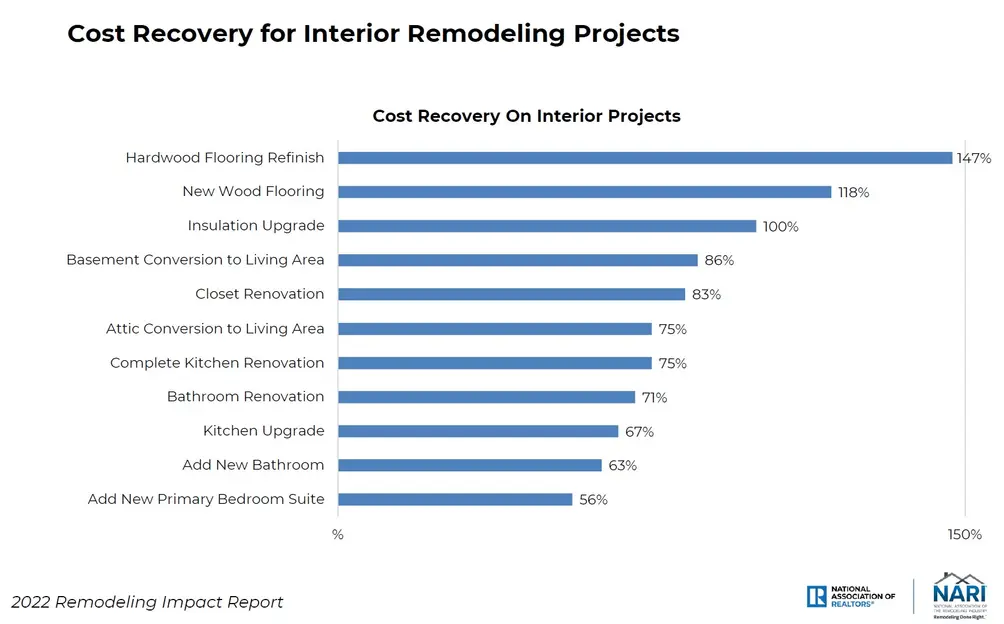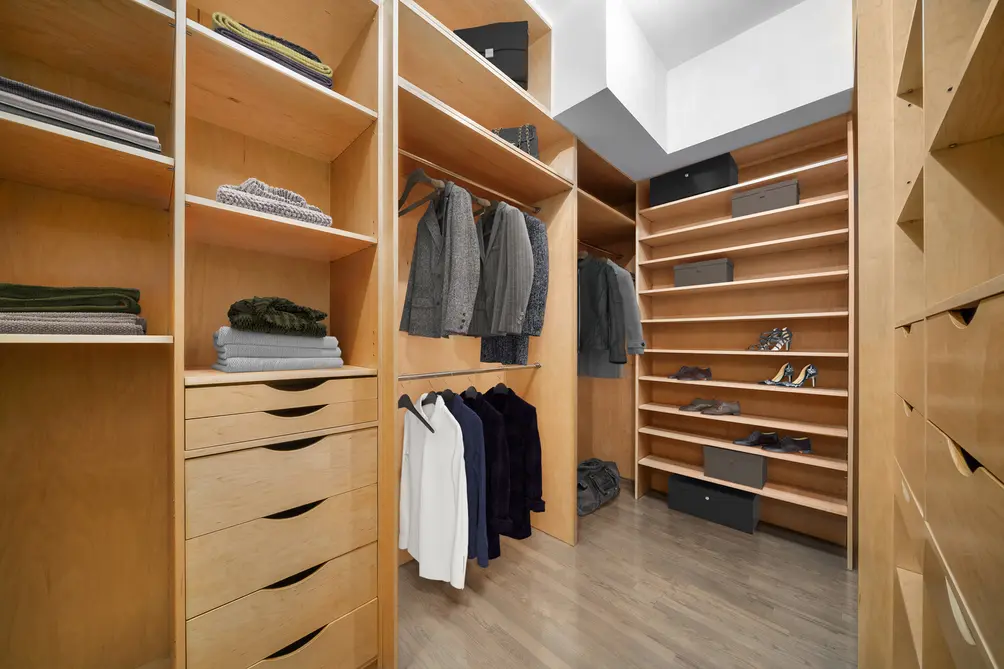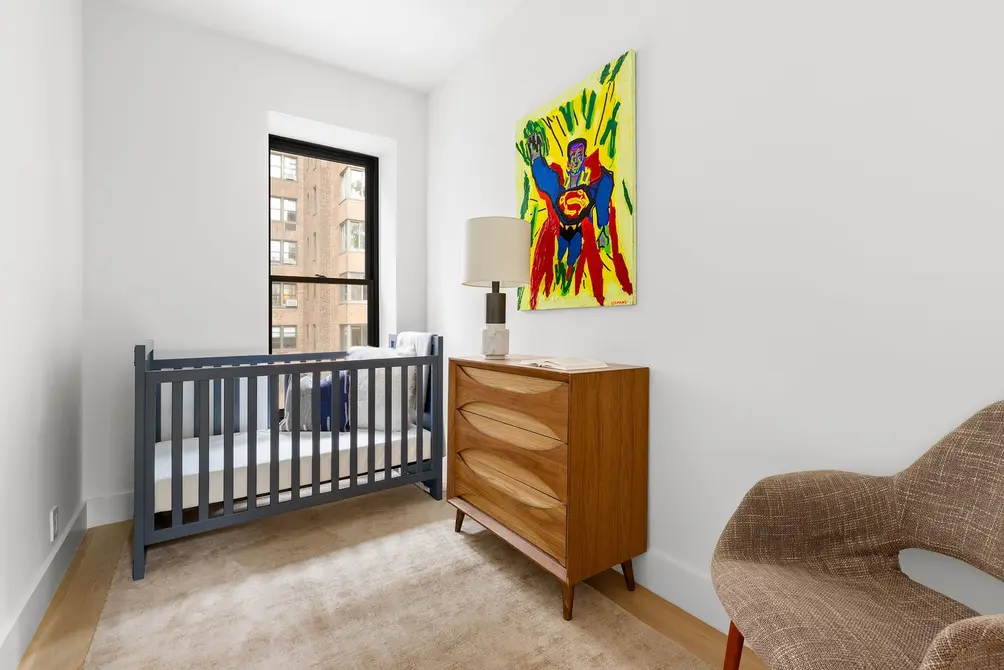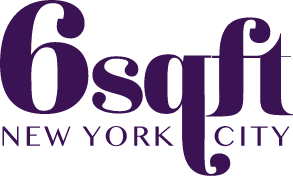Renovating your property should theoretically raise its value, and in most cases, it does. Still, some renovations yield a higher return than others. This article examines the expected ROI (return on investment) on six common renovations. For this article, Market Insight relied on two sources of data: the National Association of Realtors’ (NAR) 2022 Remodeling Impact Report, which offers national averages only, and Remodeling’s Cost Vs. Value Calculator (2023), which offers New York City data.
In this article:
 (Credit: National Association of Realtors’ (NAR) 2022 Remodeling Impact Report)
(Credit: National Association of Realtors’ (NAR) 2022 Remodeling Impact Report)
Hardwood Floor Refinish
NAR Cost Recovery Estimate: 147%Remodeling's Cost vs. Value Report (New York City): No data available
According to the National Association of Realtors’ 2023 Remodeling Impact Report, refinishing hardwood floors has the highest percentage cost recovered of any interior project a homeowner can take on. With an average 147% ROI, occupants have a greater desire to be at home and an increased sense of enjoyment after floors are refinished.
Separately, completely replacing old hardwood floors in one renovation is also nearly certain to yield a full return on investment - their estimate of 118% ROI suggests that owners may even make money in the process. The reason for this is simple. First, replacing all the floors in a property typically means packing up, storing one's belongings for one to two weeks, and temporarily moving out. Naturally, this is an inconvenience most people want to avoid. As a result, when buying, it is always more appealing to purchase a unit that already has quality hardwood floors. Second, unlike bathroom tiles or kitchen appliances, hardwood floors generally look the same (unless the owner has chosen to go with an unusual stain or esoteric design). As a result, good-quality hardwood is likely to appeal to the taste of nearly any buyer.
Kitchen Upgrade
NAR Cost Recovery Estimate: 67%Remodeling’s Cost vs. Value Report (New York City): 72.6%
Nationwide, minor kitchen remodeling or upgrade projects yield 88%, but in New York City, with its generally higher construction costs, minor upgrades statistically yield a lower return—according to Remodeling's Cost vs. Value Report, up to 72.6%.
Major kitchen remodels yield far less returns — ranging from 29%-38% locally to 32%-42% nationally. The key difference between a major and minor kitchen remodeling project is that a minor remodeling project is not a gut renovation. Most often, the kitchen layout is retained. In some cases, the kitchen cabinets are reused, though they may be refaced and outfitted with updated hardware. That minor remodeling projects seem to yield a significantly higher ROI in New York City than nationally likely reflects that in New York City, kitchens are rarely seen as the center of one's home.
Major Kitchen Renovation
NAR Cost Recovery Estimate: 75%Remodeling’s Cost vs Value Report (New York City): 29.1% (Upscale); 38.2% (Midrange)
The National Association of Realtors reports that major kitchen renovations can yield a return of 75%. Remodeling's Cost vs. Value Report for New York City offers a range of returns, with midrange renovations yielding the highest return at 38.2%.
So what is a "midrange renovation"? When it comes to kitchens, this generally means opting for semi-custom rather than fully customized cabinets and very good but not necessarily top-of-the-line appliances. Again, the midrange kitchen renovation generally seems to yield a higher return than an upscale one for one reason—personal taste. After all, one homeowner's custom cabinets may not match another homeowner's ideal. For this reason, the rule of thumb with kitchen renovations—if you want to yield the highest ROI—is to focus on functionality and neutrality.
Bathroom Renovation
NAR Cost Recovery Estimate (National): 71%Remodeling’s Cost vs. Value Report (New York City): 39.5% (Universal Design); 31.3% (Upscale); 54.4% (Midrange)
As a potential buyer, there is nothing more disgusting than an old and dingy bathroom. NAR's and Remodeling's data suggests that bathroom renovations will generally yield anywhere from a 37% to a 71% return on investment nationally, and between 31.3% and 54.4% in New York City. But, again, like kitchens, going upscale seems to yield a lower return, so if your main goal is to renovate to list your home on the market, a midrange upgrade is likely your best bet.
Additional Bathroom
NAR Cost Recovery Estimate: 63% (National)Remodeling’s Cost vs. Value Report (NYC): 23%
Unless you live alone, a second bathroom is always a bonus. If you can install one in your unit, it may significantly upgrade your apartment’s value. But this may prove impossible - in many New York City apartments, plumbing access is only available in fixed areas, adding complications to the placement of a bathroom. This may be why adding a new bathroom has the lowest return on investment in New York.
 The SoCa Building, 130 Watts Street(Compass)
The SoCa Building, 130 Watts Street(Compass)
Closet Renovation
NAR Cost Recovery Estimate: 83%Remodeling’s Cost vs. Value Report (New York City): No data available
Renovating closets (e.g., adding built-ins designed to maximize space) is another common and relatively low-cost way to upgrade your New York City apartment. Nationally, the return on investments is 83%. Given that New Yorkers are generally more concerned about storage than buyers in other markets, you likely can’t go wrong when you invest in a closet renovation.
 165 East 94th Street (Serhant)
165 East 94th Street (Serhant)
Adding an Extra Room
NAR Cost Recovery Estimate: 56%Remodeling’s Cost vs. Value Report (New York City): No data available
While researching this article, Market Insight found no current data on the ROI of adding a room to a New York City apartment. This likely reflects the fact that the cost of doing so varies widely. In some apartments, the existing layout may permit the addition of a legal second bedroom (notably, to do this, owners must get permission from the Department of Buildings and their coop or condo board).
If a second legal bedroom can be added without negatively impacting the rest of the apartment (e.g., sacrificing one's living space), the value of the apartment is also certain to increase. After all, it is highly unlikely that a large one-bedroom legally converted into a functional two-bedroom would lose value in the process. Even if you can't legally add another bedroom, however, there may be ways to increase the value of your unit by adding a "flex room" that can be used as a home office (keep reading to discover how to do this legally).
Installing a Washer/Dryer
NAR Cost Recovery Estimate: No data availableRemodeling’s Cost vs. Value Report (New York City): No data available
In most U.S. markets, in-unit laundry is taken for granted. As a result, finding statistics on the ROI of installing a washer and dryer is difficult. What is known is that in New York City, only about 25% of units have a washer and dryer, so there is no question that adding this amenity does raise your unit's value (some brokers maintain that it may increase the value by up to 5%). An in-unit washer and dryer is also a great way to attract potential buyers. Given that the cost of purchasing a washer and dryer and installing them is relatively low (on average between $2,500 and $5,000), the potential return on investment is likely to exceed 100%. That said, before you start making plans to add a washer and dryer, be certain to check with your coop or condo board. Many apartments, especially in pre-war buildings in Manhattan, don't have the infrastructure to support in-unit washer and dryer units.
Would you like to tour any of these properties?

Contributing Writer
Cait Etherington
Cait Etherington has over twenty years of experience working as a journalist and communications consultant. Her articles and reviews have been published in newspapers and magazines across the United States and internationally. An experienced financial writer, Cait is committed to exposing the human side of stories about contemporary business, banking and workplace relations. She also enjoys writing about trends, lifestyles and real estate in New York City where she lives with her family in a cozy apartment on the twentieth floor of a Manhattan high rise.


 6sqft delivers the latest on real estate, architecture, and design, straight from New York City.
6sqft delivers the latest on real estate, architecture, and design, straight from New York City.
